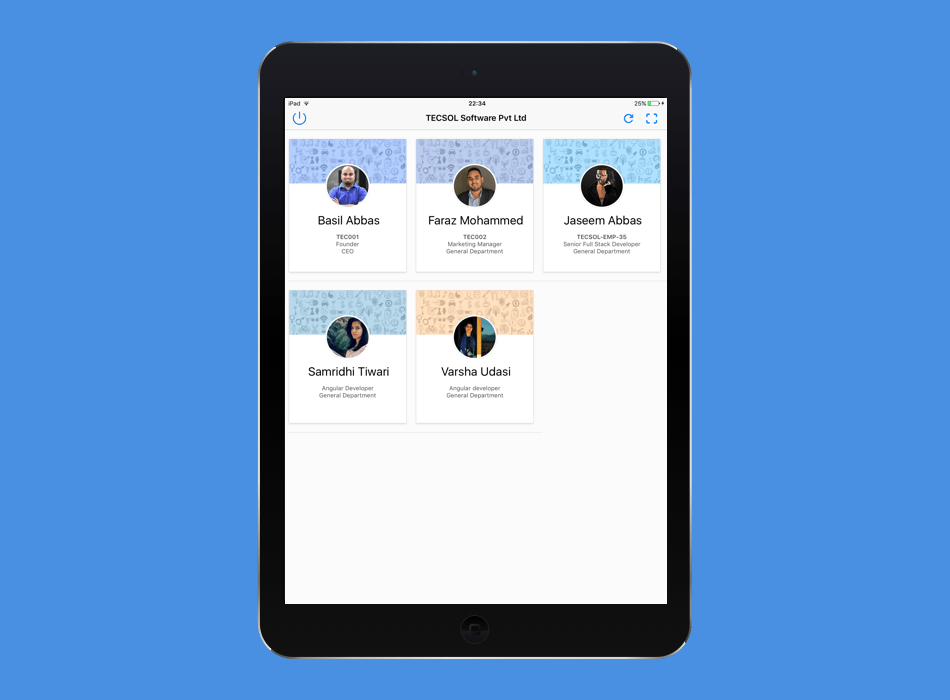
24 Jul The Importance of Overtime Notifications
In today’s fast-paced corporate environment, managing the workforce’s time efficiently is crucial for maintaining productivity and morale. As we traverse through the digital age, more and more businesses are incorporating technological tools for this purpose. Among these tools, one aspect that often goes unnoticed yet plays a significant role is overtime notifications. These digital notifications alert employees and managers when they are nearing or exceeding their contracted work hours.
What are overtime notifications?
Overtime notifications are alerts or messages generated by time management software, designed to warn managers, HR departments, and employees when a worker is approaching or has exceeded their regular work hours. These notifications can be triggered based on a variety of pre-set thresholds, such as weekly or daily hour limits. They serve as a proactive measure to ensure compliance with labor laws, avoid unnecessary overtime costs, and maintain a healthy work-life balance for employees.
Benefits of Overtime Notifications
Compliance with Labor Laws:
Overtime laws vary from one jurisdiction to another. Non-compliance can lead to hefty penalties and lawsuits. Regular overtime notifications can help businesses stay compliant with overtime laws by providing real-time data on work hours, thereby preventing accidental breaches.
Cost Management:
Unplanned or unmanaged overtime can quickly inflate labor costs and impact a company’s bottom line. Notifications provide both employees and employers with the information needed to make informed decisions about overtime work and to manage labor costs effectively.
Improved Work-Life Balance:
Continuous overtime can lead to employee burnout, which in turn can cause decreased productivity, increased turnover, and lower job satisfaction. Overtime notifications help to ensure employees are aware when they are nearing or exceeding their regular work hours, empowering them to better manage their work-life balance and mitigate burnout.
Enhanced Operational Efficiency:
With timely notifications, managers can better plan and allocate resources, manage schedules, and avoid last-minute scrambles. This improved operational efficiency can positively impact overall business performance.
Transparency and Fairness:
Overtime notifications promote transparency by providing employees with a clear view of their work hours, fostering trust between workers and management. It also ensures fairness by making sure that overtime is distributed evenly among employees.
Implementing Overtime Notifications:
Integrating an overtime notification system into your operations can be achieved through various time management or workforce management software like ClockIt. The steps are often as follows:
Identify your needs and the rules you must comply with. This includes understanding the labor laws of your jurisdiction and the specific needs of your organization.
Choose the right time tracking software. Look for a system that offers customization, ease of use, scalability, and integration with your existing HR systems.
Set up the notification thresholds based on your requirements. This includes daily or weekly hours, and any other thresholds relevant to your organization.
Train your employees and managers on how to use the system and how to interpret the notifications.
Regularly review and adjust the system as necessary, based on changes in laws, company policies, or workforce structure.

